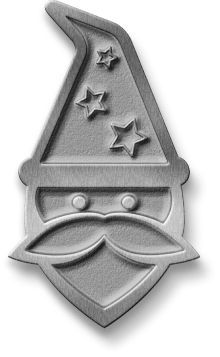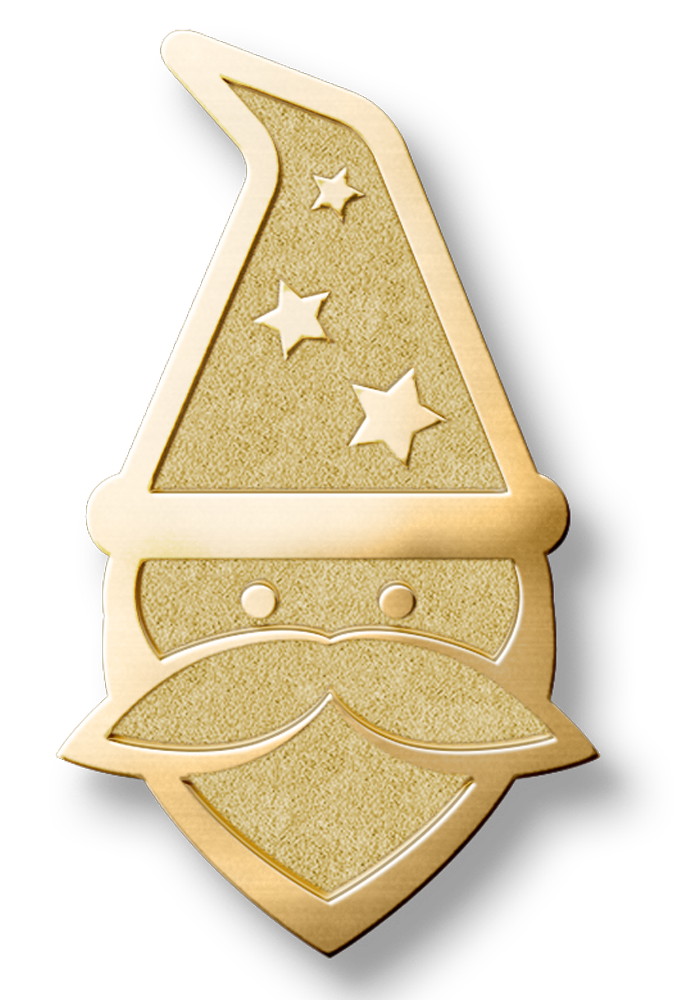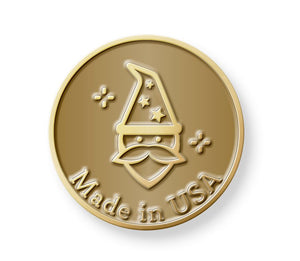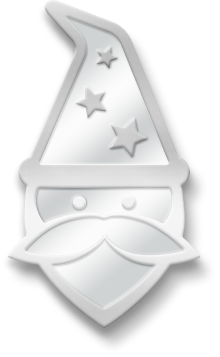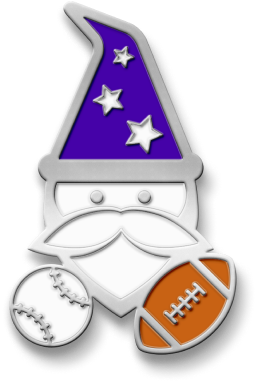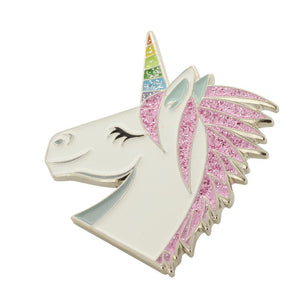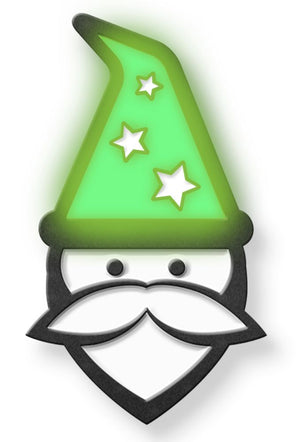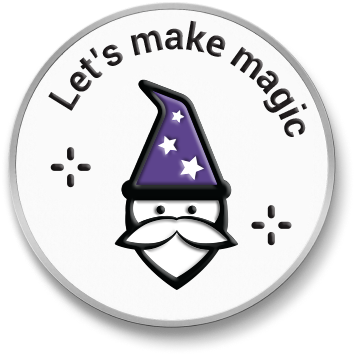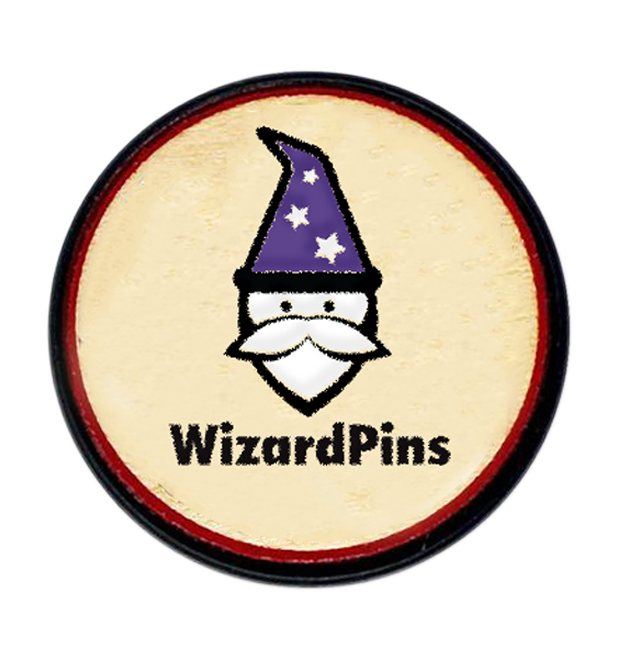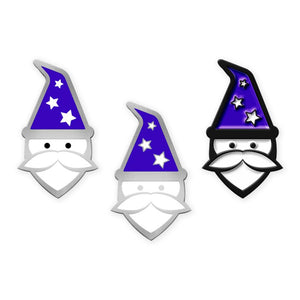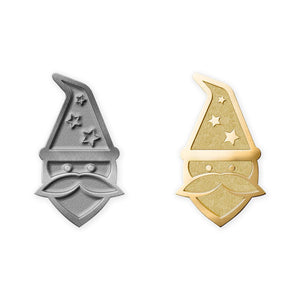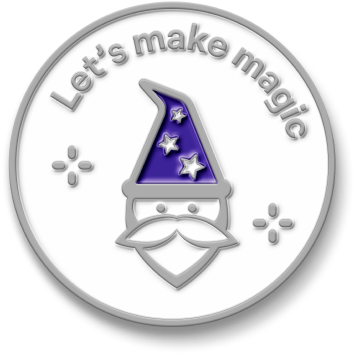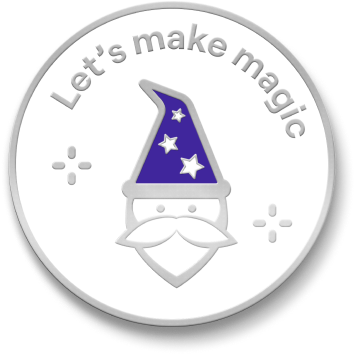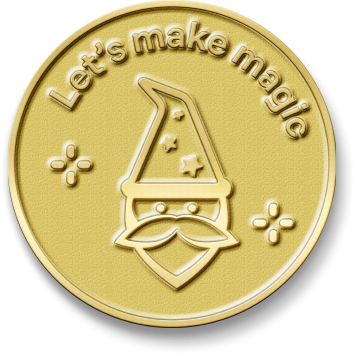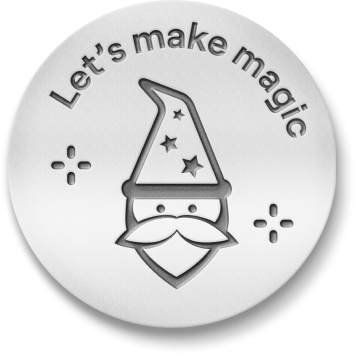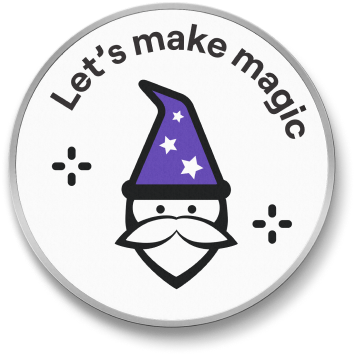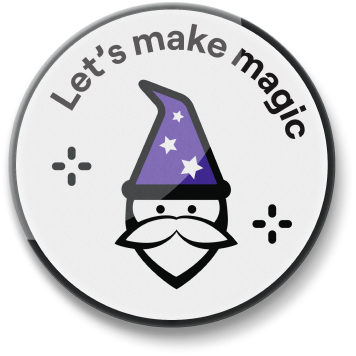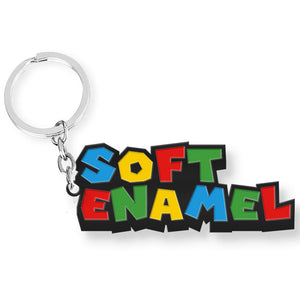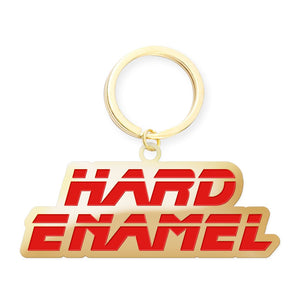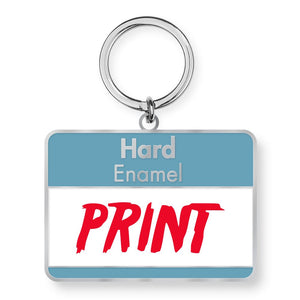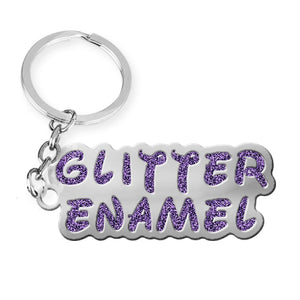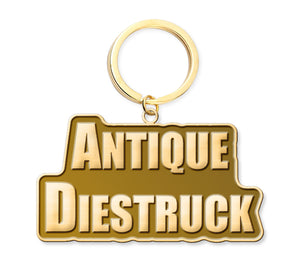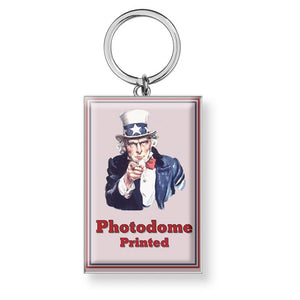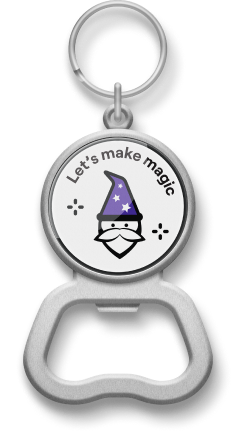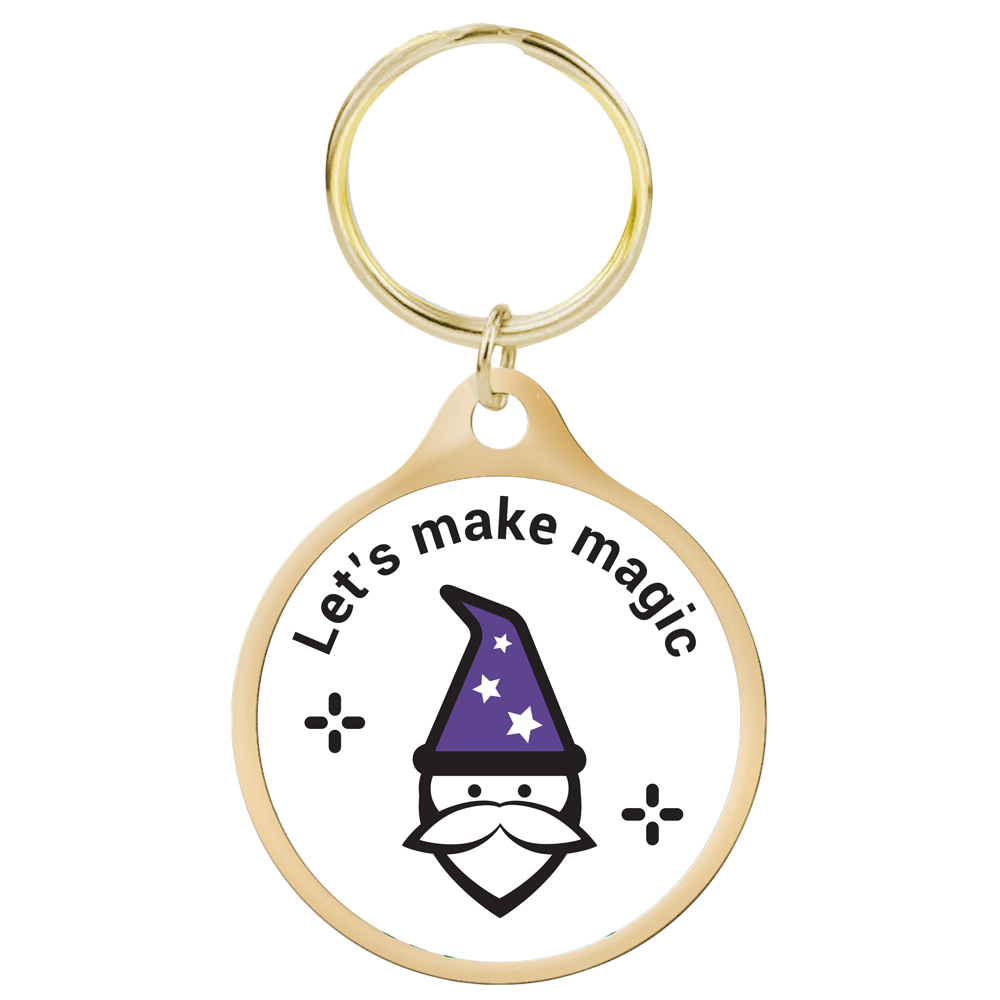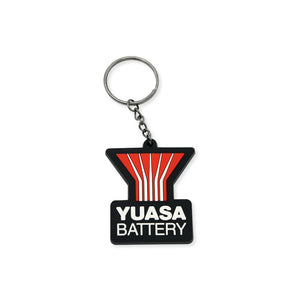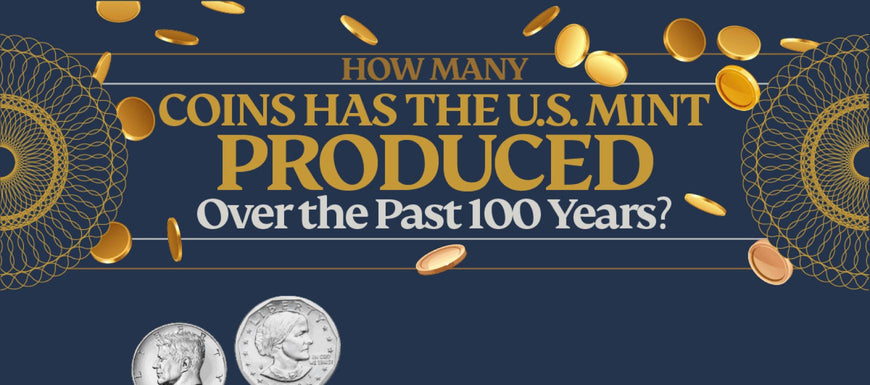The United States Mint is a bureau of the government that is responsible for producing coins for U.S. commerce, although it does not produce paper money. The first United States mint was created in Philadelphia in 1792 and is still in operation today, along with a few other active coin-producing U.S. Mint locations that include Denver, San Francisco, and West Point. The U.S. Mint produces billions of coins every year in six denominations: one-cent penny, five-cent nickel, ten-cent dime, 25-cent quarter, 50-cent half-dollar, and a dollar coin. Nearly half of all of the U.S. Mint coins produced over the past century were pennies!
The research team at Wizard Pins was curious just how many coins the U.S. Mint has produced over the past 100 years, so we tallied up the number of coins that were produced each year between 1921 and 2020 as well as the total value of those coins. The amount of coins the U.S. Mint produced each year gives us a unique perspective on the financial highs and lows the United States has faced over the past century. You can see the effect of the stock market crash of 1929 in the reduction of coins produced in the following years. Meanwhile, the economic boom of the late 1990s led to the most coins ever produced by the U.S. Mint in 1999 and 2000.
Click here to see full graphic
Embed code:
How Many Coins Has the U.S. Mint Made in the Past 100 Years?
The U.S. Mint produced a total of 816,138,372,612 coins between 1921 and 2020. The total value of these coins amounts to $169,541,902,128 in today’s dollars. Below is a breakdown of the total number of each coin that was produced over the past 100 years:
- 1¢: 532,526,921,514
- 5¢: 66,480,447,520
- 10¢: 108,961,661,303
- 25¢: 96,240,624,175
- 50¢: 5,523,598,288
- $1: 6,405,119,812
In What Year Did the U.S. Mint Produce the Most Coins?
The year the most coins were produced by the U.S. Mint was 2000, when more than 28 billion coins were made. The coins had a value of $5.707 billion in today’s dollars. More than half of the coins produced in 2000 were pennies, followed by 6.5 billion quarters, 3.6 billion dimes, 2.4 billion nickels, and just 42 million half-dollars. No dollar coins were produced that year.
Below is a list of the ten years that saw the highest levels of coin production. The production of coins was at an all-time high during the early and late 1980s and from the late 1990s into the early 2000s.
Years When the U.S. Mint Produced the Most Coins
- 2000: 28.1 billion
- 1999: 21.9 billion
- 1995: 19.8 billion
- 1996: 19.5 billion
- 1982: 19.45 billion
- 2001: 19.4 billion
- 1994: 19.3 billion
- 1983: 18.1 billion
- 1984: 17.8 billion
- 1989: 17.7 billion
In What Year Did the U.S. Mint Produce the Least Coins?
The year the least coins were produced by the U.S. Mint was 1933, when just 22.3 million coins were produced. The total value of the coins produced that year was $23.4 million, far less than the $1.7 billion average value over these 100 years. The U.S. Mint only produced two types of coins in 1933: pennies and half-dollars. A majority of the coins were pennies, with 20.5 million produced that year.
Why did the U.S. Mint produce so little coins in 1933? It was during this year that the Great Depression, which started in 1929, reached its lowest point. During this time, millions of Americans were unemployed and half of the banks in the country had failed.
When Will the U.S. Mint Stop Producing Pennies?
While there’s plenty of support for getting rid of the penny, there’s currently no plan to stop penny production. It now costs the U.S. Mint two cents to manufacture one penny, which means it saw a loss of $76 million in 2020 from producing more than 7.5 billion pennies. Meanwhile, many Americans see pennies as worthless, letting them pile up in jars or even throwing them away rather than spending them. But there’s a lot of history behind the penny, the oldest denomination still in circulation, and some people are loath to let them go.
Do you have a vision for a coin you’d like to design? Learn more about our production of custom coins and see how we can bring your coin design to life.




